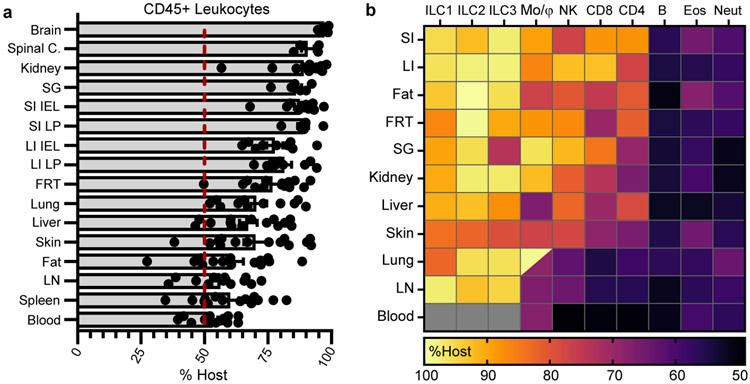Fig. 4. Tissue residence typifies organism-wide immune surveillance.
a, b, Congenically distinct B6 mice were co-housed with pet shop mice. After >60 days, mice were conjoined by parabiosis for 28-32 days. Equilibration of total leukocytes (a) and immune populations (b) was evaluated in peripheral blood and tissues. Lung and kidney populations exclude intravascular leukocytes. In heatmap (b), lung macrophages are divided into alveolar (top left) and interstitial (bottom right) populations, intestinal populations were isolated from lamina propria (LP), and gray denotes populations that were not detectable. Heatmap shows mean percentage value of host-derived cells. Data pooled from four independent experiments. Typically, n = 8-14 mice, with exceptions for some tissues or cell types (see Extended Data Fig. 10) (a, b). ILC, innate lymphoid cells. Mo/Mϕ, monocytes/macrophages. NK, natural killer cells. CD4/CD8 refers to memory T cells (CD44+/PD-1−). B, B cells. Eos, eosinophils. Neut, neutrophils. Data are presented as mean values +/− SEM.

